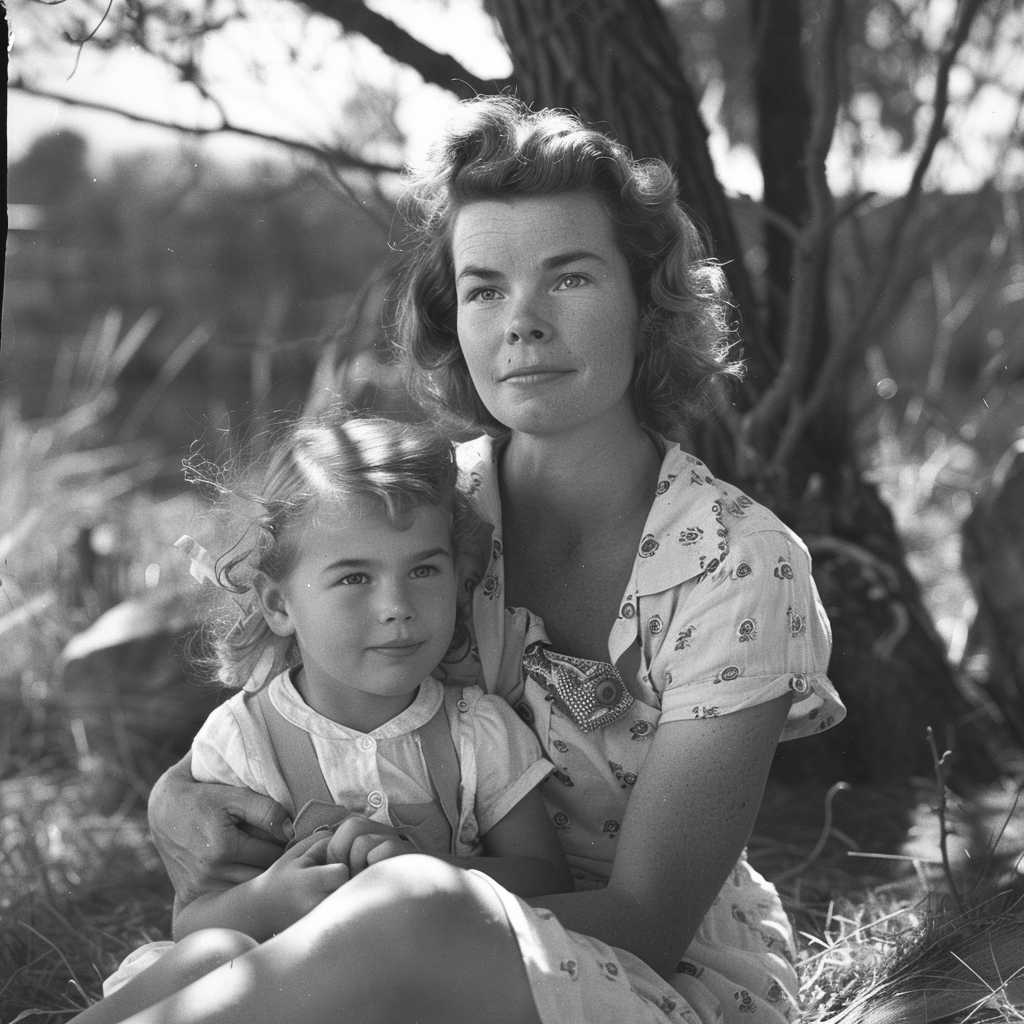Understanding the Masters Tournament Cut Line
The Masters Tournament, one of golf’s four major championships, not only captivates spectators with its storied greens and competitive play but also holds a unique air of exclusivity due to its cut line. Instead of following the standard procedure seen in many professional events, the Masters cut line has its own set of rules which decide which players will advance to the final rounds. This article delves deep into the essence of the Masters cut line, how it works, its history, and its implications on the prestigious tournament held annually at Augusta National Golf Club.
The Concept of the Cut Line at the Masters Tournament
The cut line in a golf tournament signifies the score a golfer must achieve after a certain number of rounds to continue competing in the tournament. At the Masters, this decision is traditionally made after two rounds, or 36 holes of play. The unique aspect of the cut line at the Masters lies in its slightly different rules as compared to other majors.
Previously, any golfer within ten strokes of the lead after two rounds would make the cut and continue to play over the weekend. However, starting from 2020, this rule was modified to further reduce the field size and increase competition. As such, only the top 50 players (including ties), regardless of their distance from the leader, advance to play the final 36 holes.
The Impact of the Cut Line on Players’ Strategies
Clearly, the specifics of the cut line setup induce participants to adapt their strategies from an early stage. Players must maintain a higher level of play simply to secure their spot across the weekend, knowing that moderately good may not suffice considering the reduced number of available spots. This requires golfers to weigh risk against reward carefully during their first two days as they navigate Augusta’s infamously tricky course.
The History and Evolution of Masters Cut Line Policies
The inception of a cut line at the Masters dates back to 1957 when it was simply aimed at reducing player numbers for practical purposes over the weekend rounds. Changes have been rare but significant when they occurred, reflecting how Augusta National considers both competitiveness and spectator experience. Prior to 2020, notable revamps took mean that not only were players within ten shots of second-round leader allowed to proceed, but also anyone positioned in fifty places from the top. However, this was discontinued for a streamlined top 50 inclusive rule.
The switch made sense to many within golf; encouraging stellar play throughout while still enabling a sizeable field compared to its inception year where only around 40 players would make it through.
Potential Controversies and Challenges of Cut Line Decisions
While it’s seen as adding competitive intrigue to the tournament, like most subjective rulings in sport, controversies can brew over who makes it and who doesn’t past the Masters cut line. With just a single stroke potentially spelling the difference between proceeding or being sent home – careers could hinge on what some may view as arbitrary decisions especially if external conditions such as weather might skew fairness.
Moreover, players bobbing around the projected cut line can find their fate in others’ hands, waiting for someone else’s bogey or birdie on their final holes to nudge them in or out.
The Significance of Making The Cut For Professionals
For professional golfers making the cut means more than simply garnering a chance to win – it ensures exposure for up-and-coming players and veterans alike ensuring sponsorships and rankings are favorably impacted. Missing out can profoundly impact on career trajectory especially when margins are so slim.
Implications for Spectators and Broadcasters
The existence and application of cut lines also affects spectators both attending or watching from afar and broadcasters handling coverage. A tightened field often includes big names culled which can potentially reduce interest prematurely for those watching for favorites yet those same broadcasters relish honing in on rising stars who defy expectations making for compelling viewing drama.
Notes
– The origins of a cut line at Augusta date back to 1957.
– Until 2013, any amateur making it within 10 strokes would also avoid the cut at Augusta.
– The modified top 50 rule introduced in 2020 emphasises ball striking consistency over an early lead.
– Successive years saw five amateurs make it past through the 2019 cut, mirroring increasing amateur competitiveness.
